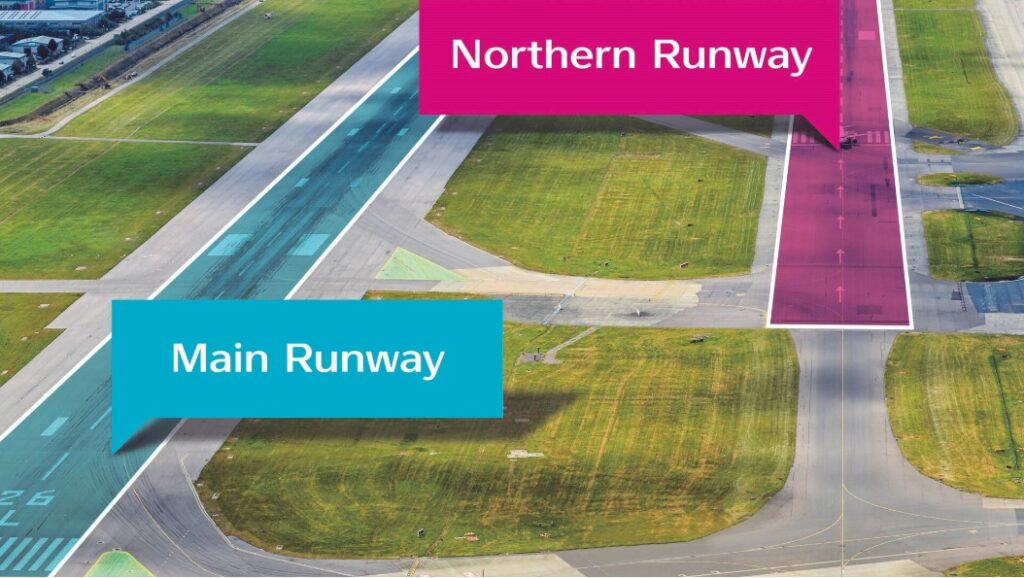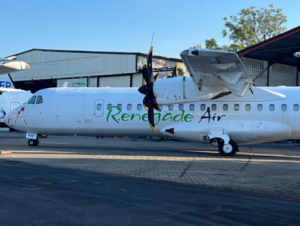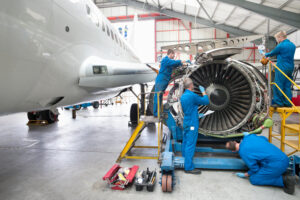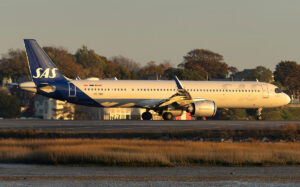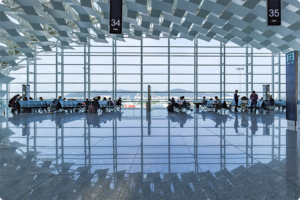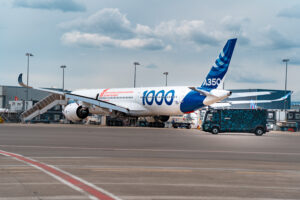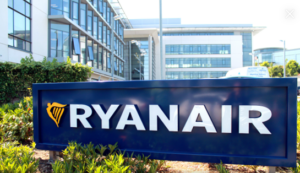London Gatwick has submitted a Development Consent Order (DCO) application to the Planning Inspectorate (PINS) with the aim of utilising its existing Northern Runway alongside the Main Runway on a regular basis.
This strategic move by London Gatwick demonstrates its commitment to long-term growth and its significant contribution to the local economy. The airport's plan includes the creation of approximately 14,000 new jobs and an annual injection of £1 billion into the region's economy. The anticipated economic boost will be derived from increased tourism, trade, supply-chain activities, and various business opportunities.
The proposed plan is forward-thinking and designed to have minimal impact on the environment. It leverages the airport's current infrastructure to unlock new capacity and improve overall resilience, aligning with government policies.
Stewart Wingate, CEO of Gatwick Airport, expressed the importance of the Northern Runway plan in securing the airport's future and contributing to the economic prosperity of the region. He emphasised that the approval of the plan would enhance airport resilience, meet future passenger demands, and increase competition in the London airport market. The plan also aims to establish vital international connections to support the vision of a ‘Global Britain.'
Extensive consultation and engagement activities over the past two years have been instrumental in shaping the plans to ensure they meet the needs of local communities, airlines, passengers, and other stakeholders. The airport is confident that its economically and environmentally robust plans align with these requirements.
Currently, the Northern Runway is limited to functioning as a taxiway, only operational when the Main Runway is unavailable. The application proposes a 12-meter northward repositioning of the Northern Runway's centre line to enable dual runway operations, adhering to international safety standards. The Northern Runway will be dedicated to departing flights.
Subject to approval, construction is anticipated to commence in 2025 and conclude by the end of the decade, making the runway operational. The proposed construction is designed to have minimal impact, with the majority taking place within the airport's existing boundaries.
If approved, these plans will enable the airport to meet future passenger demands and serve approximately 75 million passengers per year by the late 2030s.

